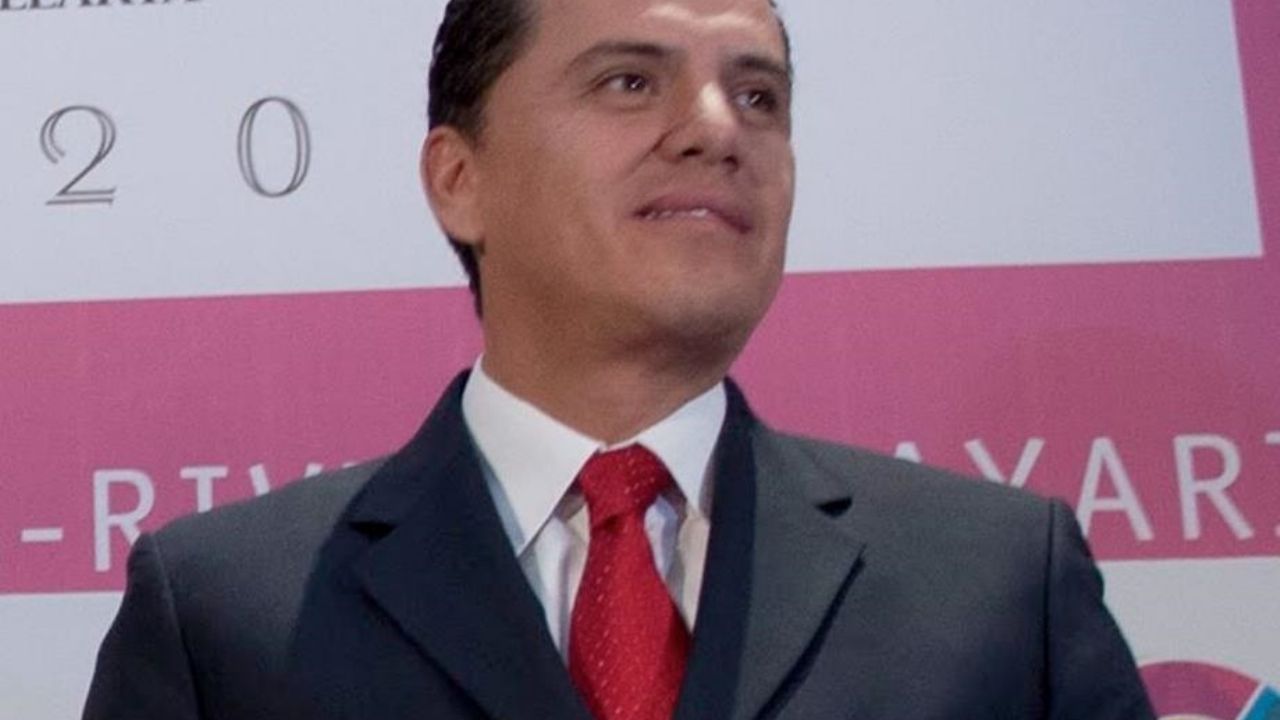The Emerging Cold War: Competition For Rare Earth Minerals

Table of Contents
Geopolitical Significance of Rare Earth Minerals
Strategic Importance in Modern Technology
Rare earth minerals are not rare in the geological sense, but their extraction and processing are complex and costly, leading to uneven distribution and geopolitical implications. These minerals are indispensable components in a vast array of modern technologies.
- Smartphones: Neodymium magnets are crucial for the tiny vibrators and speakers in smartphones.
- Electric Vehicles (EVs): Neodymium and dysprosium are essential for the powerful electric motors in EVs, crucial for their range and performance.
- Wind Turbines: These massive generators rely heavily on neodymium magnets for efficient energy conversion, impacting renewable energy production.
- Military Hardware: From precision-guided missiles to advanced radar systems, rare earth minerals are integral to modern defense technologies. Terbium, for instance, plays a vital role in night vision equipment.
Control over the supply chains of these minerals, including neodymium, dysprosium, and terbium, translates directly into technological and military advantage, fueling the geopolitical competition. Dependence on these minerals for advanced technologies makes securing access a matter of national security for many countries.
Regional Power Dynamics and Resource Control
China's dominance in rare earth mining and processing is a significant factor driving geopolitical competition. While rare earth elements are found globally, China controls a disproportionate share of the global refining capacity.
- China's Dominance: China's control over the refining process gives it considerable leverage in the global market, impacting prices and availability.
- Other Key Players: The US, Australia, and several African nations are also significant players, but they often lag behind China in terms of refining capacity.
- Resource Nationalism: Territorial disputes and resource nationalism, the assertion of state control over natural resources, exacerbate the competition, leading to protectionist policies and trade tensions.
This competition significantly impacts international relations and alliances, as countries seek to secure access to these critical resources, often leading to strategic partnerships and even conflicts.
Economic Implications of the Rare Earth Mineral "Race"
Supply Chain Vulnerabilities and Price Volatility
Over-reliance on a single supplier, particularly China, creates significant vulnerabilities in the global supply chain for rare earth minerals.
- Single Supplier Risk: Disruptions in Chinese production, due to geopolitical instability or natural disasters, can trigger price spikes and shortages, impacting various industries.
- Price Fluctuations: The concentration of refining capacity in China allows for significant price volatility, increasing uncertainty for manufacturers who rely on these minerals.
- Economic Consequences: These price fluctuations and supply chain disruptions can significantly increase manufacturing costs and hinder economic growth, especially for businesses heavily reliant on these minerals.
This vulnerability highlights the need for diversification and resilience in global rare earth mineral supply chains.
Investment and Development in Rare Earth Mining
Recognizing the strategic importance and economic risks, there's a surge in investment in rare earth mineral exploration and mining globally.
- Increased Investment: Countries are investing heavily in developing domestic rare earth mining capabilities to reduce reliance on China.
- Responsible Sourcing: The focus is shifting towards responsible sourcing and sustainable mining practices to minimize environmental damage and ensure ethical labor standards.
- Government Incentives: Governments are implementing various policies and incentives to attract investment and support domestic rare earth mineral industries.
These developments present both opportunities and challenges, requiring careful management to balance economic growth with environmental sustainability.
Mitigating Future Conflicts and Ensuring Sustainable Access
Diversification of Supply Chains
Reducing dependence on China is critical for mitigating future conflicts and ensuring stable access to rare earth minerals.
- Alternative Sources: Investing in and developing alternative sources of rare earth minerals in other countries is crucial.
- Strategic Alliances: Strengthening alliances with resource-rich nations can create more diversified and secure supply chains.
- Recycling Initiatives: Promoting and investing in recycling initiatives to recover and reuse rare earth minerals from electronic waste and other sources can significantly reduce reliance on new mining.
Diversification requires a multifaceted approach, combining investment in domestic mining, international collaborations, and technological innovation.
International Cooperation and Regulatory Frameworks
International cooperation is crucial to establish responsible mining practices and fair trading within the rare earth mineral market.
- International Organizations: The role of organizations like the OECD and the WTO is crucial in promoting fair trade and transparent market practices.
- Regulatory Frameworks: Developing robust regulatory frameworks that govern the exploration, mining, and processing of rare earth minerals, while ensuring transparency and accountability, is crucial.
- Environmental Concerns: Collaborative efforts are needed to address the environmental challenges associated with rare earth mining, minimizing its impact on biodiversity and ecosystems.
Conclusion
The escalating competition for rare earth minerals poses significant geopolitical and economic risks. The concentration of processing capacity in China creates substantial vulnerabilities in global supply chains, leading to price volatility and the potential for disruptions. Mitigating these risks requires a concerted effort to diversify supply chains, promote international cooperation, and invest in sustainable mining practices. The urgency of addressing these challenges cannot be overstated. By diversifying supply chains, promoting international cooperation, and investing in sustainable mining practices, we can mitigate future conflicts and ensure responsible access to these critical resources. Further research and investment in alternative technologies and sustainable sourcing of rare earth minerals are crucial for avoiding a full-blown "rare earth mineral Cold War."

Featured Posts
-
 Ftc To Appeal Microsoft Activision Merger Decision
May 17, 2025
Ftc To Appeal Microsoft Activision Merger Decision
May 17, 2025 -
 Yankees Vs Mariners Prediction Picks And Odds For Todays Mlb Game
May 17, 2025
Yankees Vs Mariners Prediction Picks And Odds For Todays Mlb Game
May 17, 2025 -
 Ftc Appeals Activision Blizzard Ruling Microsoft Deal Uncertain
May 17, 2025
Ftc Appeals Activision Blizzard Ruling Microsoft Deal Uncertain
May 17, 2025 -
 Exploring The Reebok X Angel Reese Sneaker Line
May 17, 2025
Exploring The Reebok X Angel Reese Sneaker Line
May 17, 2025 -
 Mission Impossible 7 China Release Date Confirmed By Paramount
May 17, 2025
Mission Impossible 7 China Release Date Confirmed By Paramount
May 17, 2025
Latest Posts
-
 El Descongelamiento De Cuentas Koriun Y La Devolucion A Inversionistas
May 17, 2025
El Descongelamiento De Cuentas Koriun Y La Devolucion A Inversionistas
May 17, 2025 -
 Inversionistas De Koriun Cuando Se Descongelaran Sus Cuentas
May 17, 2025
Inversionistas De Koriun Cuando Se Descongelaran Sus Cuentas
May 17, 2025 -
 Descongelaran Cuentas De Koriun Recuperacion Del Capital Para Inversionistas
May 17, 2025
Descongelaran Cuentas De Koriun Recuperacion Del Capital Para Inversionistas
May 17, 2025 -
 Florida State Shooter Lockdown Improving Safety For Future Generations
May 17, 2025
Florida State Shooter Lockdown Improving Safety For Future Generations
May 17, 2025 -
 Florida School Shootings Lockdown Protocols And Generational Impact
May 17, 2025
Florida School Shootings Lockdown Protocols And Generational Impact
May 17, 2025
